Creole Flavor Unleashed: A Spicy Journey Through Tradition, Tips, and Tasty Twists
Ever bitten into a dish that made your taste buds dance and your soul feel like it was transported to the bayou? That’s the magic of Creole flavor. From jambalaya to gumbo, Creole cuisine is rich in history, spices, and bold personality. In this blog, we’re peeling back the layers of this iconic flavor profile—its roots, its ingredients, and how you can bring that zesty New Orleans charm right into your own kitchen.
Table of Contents
- What Exactly Is Creole Flavor?
- Creole vs Cajun: What’s the Difference?
- The Holy Trinity (And More!): Key Ingredients in Creole Flavor
- How to Use Creole Flavor in Everyday Cooking
- Top 5 Creole Seasoning Products for Your Pantry
- Buying Guide: How to Choose the Right Creole Seasoning
- Cultural Significance: Food as Identity in Louisiana
- Trendy Twists on Classic Creole Dishes
- Final Thoughts: Let the Spice Speak
What Exactly Is Creole Flavor?
At its heart, Creole flavor is a complex blend of spices and cooking techniques rooted in Louisiana, particularly New Orleans. It reflects the region’s multicultural heritage—French, Spanish, West African, German, and Caribbean influences all come together in one unforgettable pot of flavor.
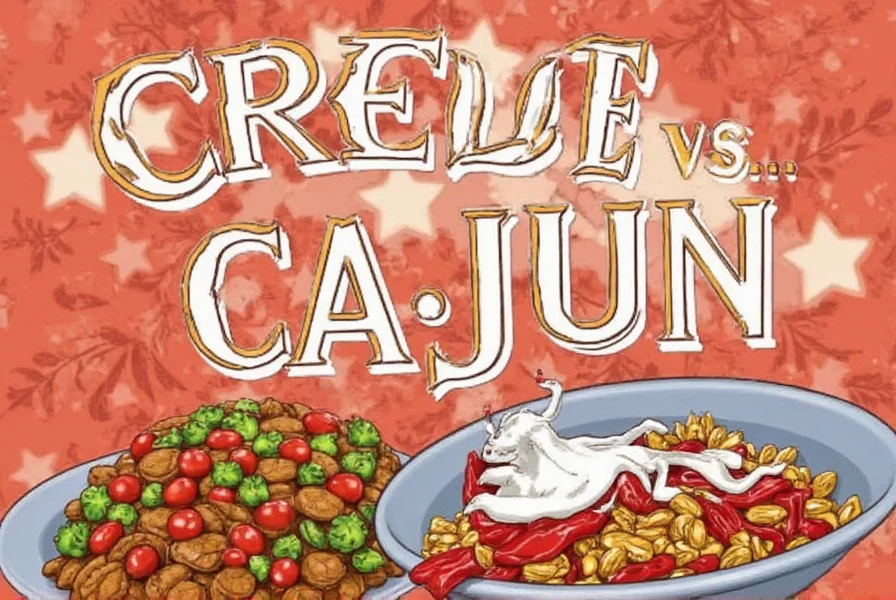
Unlike bland or one-note seasoning blends, Creole flavor is a full sensory experience—earthy, spicy, aromatic, and sometimes just a little bit smoky. It’s not about heat alone; it’s about harmony and depth.
Creole vs Cajun: What’s the Difference?
This question comes up often, especially among spice lovers and home cooks trying to nail down their Southern flavor game. Here’s a quick breakdown:
| Creole | Cajun | |
|---|---|---|
| Origins | New Orleans and urban areas | Rural Louisiana (Acadian settlers) |
| Main Influences | French, Spanish, African, Caribbean | French-Canadian, rural folk traditions |
| Common Ingredients | Tomatoes, bell peppers, celery, onions, herbs | Bell peppers, celery, onions, garlic, paprika |
| Flavor Profile | Elegant, layered, with more herbs and tomatoes | Bolder, spicier, rustic, and earthy |
| Heat Level | Moderate (can be adjusted) | High (often very hot) |
So, if you see tomatoes in your recipe, chances are you're dealing with Creole flavor. If you feel like you've been kissed by the devil’s breath, welcome to Cajun territory!
The Holy Trinity (And More!): Key Ingredients in Creole Flavor
The foundation of Creole cuisine starts with what’s known as the “Holy Trinity”—onions, bell peppers, and celery. But beyond that, there's a whole cast of flavorful characters:
- Garlic: The backbone of most Creole dishes
- Bay leaves: Add depth and complexity
- Thyme & Oregano: For that classic herbal touch
- Paprika: Adds color and subtle sweetness
- Pepper Blend: Black pepper, cayenne, white pepper—depending on the desired kick
- Chili Powder: Optional but often used
- Dried Shrimp or File Powder: Unique regional additions
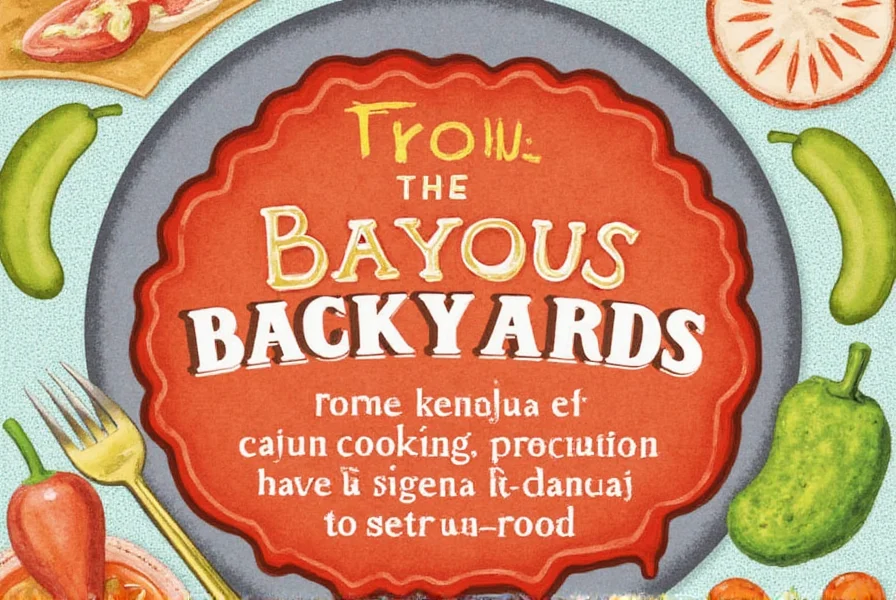
Together, these ingredients create the distinct aroma and mouthfeel that defines Creole flavor. Whether in a simmering stew or a sizzling skillet, they deliver that unmistakable Southern soul.
How to Use Creole Flavor in Everyday Cooking
You don’t need to live in New Orleans to enjoy Creole flavor. With a few simple tricks, you can transform everyday meals into culinary celebrations:
- Season meats generously: Rub chicken, shrimp, or pork with Creole seasoning before grilling, roasting, or pan-searing.
- Boost soups and stews: Stir in a teaspoon or two into tomato-based sauces, chili, or vegetable soups.
- Spice up rice dishes: Mix into fried rice or pilaf for an instant flavor boost.
- Make a killer deviled egg: Swap out regular paprika for Creole seasoning on top.
- DIY seasoning blend: Combine garlic powder, onion powder, thyme, oregano, smoked paprika, salt, and a dash of cayenne for your own custom mix.
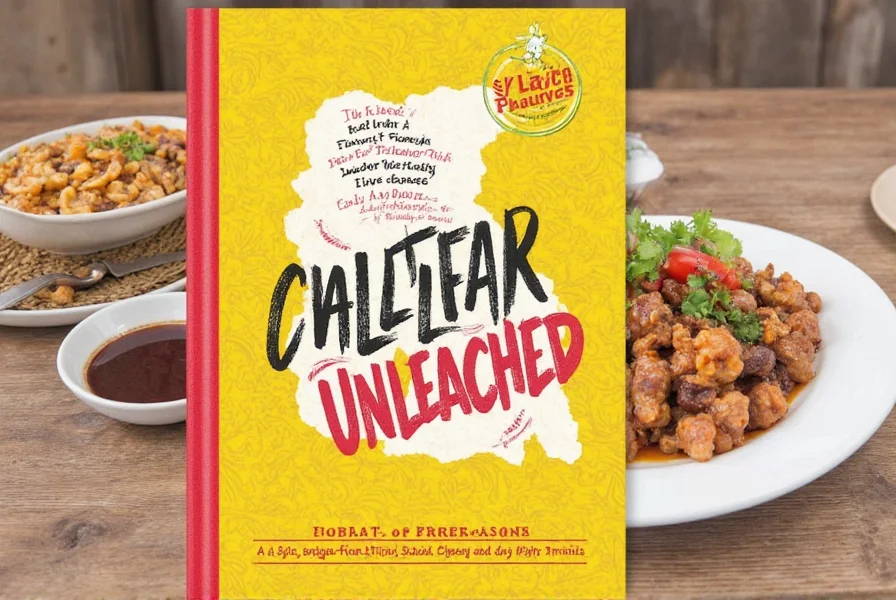
Tip: Start with a small amount and adjust to taste. Creole seasoning can be quite potent, so go slow unless you're ready to turn up the heat!
Top 5 Creole Seasoning Products for Your Pantry
If mixing your own seasoning isn’t your thing (or you’re short on time), here are five stellar store-bought Creole seasonings that pack a punch:
- Tony Chachere’s Original Creole Seasoning
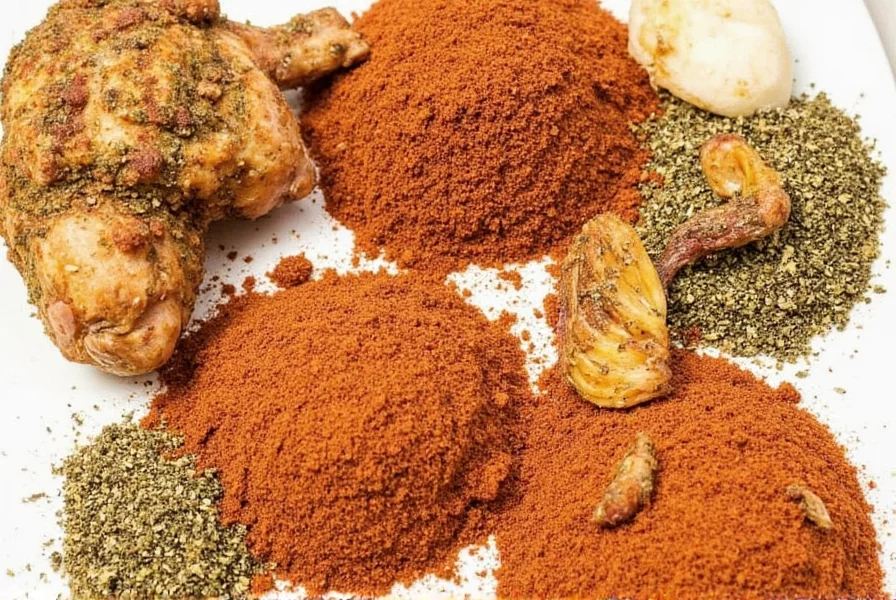
- Features: Balanced blend with minimal heat
- Advantages: Versatile for both beginners and pros
- Use Cases: Grilled meats, seafood boils, scrambled eggs
- Audience: Home cooks, weekend grillers
- Occasions: Casual dinners, family gatherings
- Zatarain’s Creole Seasoning
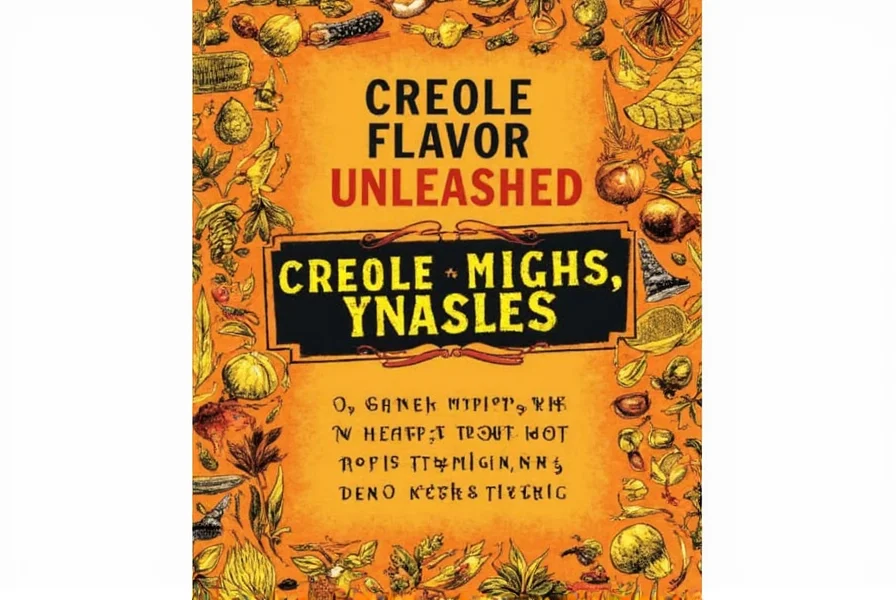
- Features: Slightly sweeter than others
- Advantages: Great for those who prefer milder spice
- Use Cases: Jambalaya, blackened fish, roasted veggies
- Audience: Families with kids, spice-sensitive folks
- Occasions: Weeknight dinners, meal prep
- Cajun Injector Creole Gold
- Features: Intense flavor with a noticeable herbaceous note
- Advantages: Perfect for advanced palates
- Use Cases: Gumbo, étouffée, inject marinades
- Audience: Chefs, serious foodies
- Occasions: Special meals, holiday dinners
- Slap Ya Mama Cajun Seasoning (Creole-style version)
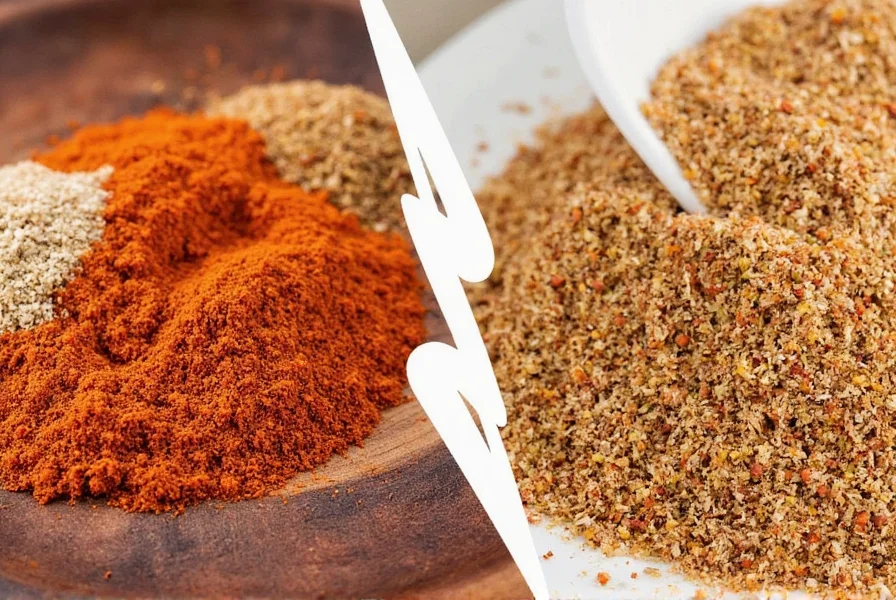
- Features: Available in mild to extra hot versions
- Advantages: Customizable heat level
- Use Cases: Seafood boils, grilled steaks, popcorn
- Audience: Heat lovers, BBQ enthusiasts
- Occasions: Parties, cookouts
- Primal Kitchen Organic Creole Seasoning
- Features: Certified organic, non-GMO, gluten-free
- Advantages: Health-focused alternative
- Use Cases: Paleo dishes, grain bowls, keto recipes
- Audience: Health-conscious eaters, dietitians
- Occasions: Healthy lunches, post-workout meals
Buying Guide: How to Choose the Right Creole Seasoning
With so many options available, choosing the perfect Creole seasoning can be overwhelming. Here’s a handy guide to help you pick the right blend:
| Factor | Considerations |
|---|---|
| Heat Level | Check labels for “mild,” “medium,” or “extra hot” designations |
| Herb Content | Look for thyme, oregano, parsley if you want earthy depth |
| Salt Content | Low-sodium blends available for health-conscious cooks |
| Organic / Allergen-Free | Check for certifications like USDA Organic, Gluten-Free, etc. |
| Brand Authenticity | Favor Louisiana-made brands for traditional flavor profiles |
| Use Case | Boils vs marinades vs dry rubs – some blends work better for certain uses |
Pro Tip: Always buy in small quantities first—especially if you're new to the brand. This way, you can test it out without committing to a giant jar of something too spicy (or too bland) for your taste!
Cultural Significance: Food as Identity in Louisiana
Creole flavor isn’t just a seasoning—it’s a cultural statement. Born from the melting pot of New Orleans, it tells the story of generations who came together through food, music, and tradition. Every bowl of gumbo and every bite of red beans and rice carries with it the resilience and richness of Louisiana’s diverse communities.
In a world where fast food often dominates, embracing Creole flavor means celebrating slow, intentional cooking that connects us to history and each other. So next time you stir up a batch of Creole-spiced soup, remember—you’re not just making dinner. You’re keeping a legacy alive.
Trendy Twists on Classic Creole Dishes
Chefs around the country are putting modern spins on traditional Creole flavors—and the results are delicious. Here are some of our favorite creative twists:
- Creole Tacos: Fill soft tortillas with Creole-seasoned shrimp, slaw, and crema
- Creole Popcorn: Toss air-popped corn with Creole seasoning and melted butter
- Gumbo Pizza: A deep-dish pizza topped with gumbo-inspired ingredients like andouille, okra, and filé powder
- Creole Quesadillas: Melt cheese between two tortillas filled with seasoned chicken and peppers
- Creole Mac ‘n’ Cheese: Stir seasoning into béchamel for a Southern-infused twist
These playful adaptations show that Creole flavor is not just for traditionalists—it’s adaptable, trendy, and ready to rock your taste buds no matter where you are.
Final Thoughts: Let the Spice Speak
Whether you’re a seasoned pro or just dipping your spoon into the world of Creole cuisine, one thing is clear: Creole flavor brings joy, history, and heat to the table. It’s more than just a seasoning blend—it’s a celebration of culture, creativity, and community.
So go ahead—spice up your next meal with a dash of Creole. And don’t forget to share your creations with someone special. After all, great food is best enjoyed with good company.










 浙公网安备
33010002000092号
浙公网安备
33010002000092号 浙B2-20120091-4
浙B2-20120091-4